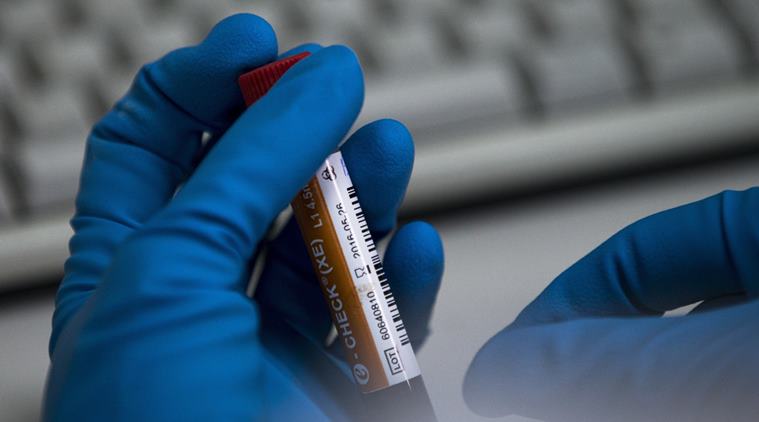
In an alarming trend of doping among young athletes, almost one in three samples collected during the sub-junior (under-17) and junior (under-20) national weightlifting championships have returned positive. The National Anti Doping Agency (NADA) collected samples from 30 athletes who competed at the championships at Nagpur in December 2018. Of them, 9 lifters – six boys and three girls, most from Uttar Pradesh, Punjab and Haryana – have failed the tests, one less than the total number of weightlifters who tested positive in the entire 2017.
Among those who have tested positive are athletes who are in the national camp and medalists at junior nationals as well as Khelo India Youth Games. All nine athletes have been provisionally suspended.
NADA director general Navin Agarwal said they have caught a high number of athletes following a change in their testing program, wherein they are basing their tests on ground-level intelligence and a number of performance indicators.
“It is not that the ratio of dopers has increased. The incidents of doping are actually coming down. But the detection rate is increasing. We were able to target the right people as we are gathering intelligence and planning our tests based on specific parameters, instead of randomly testing athletes,” Agarwal told The Indian Express.
From consuming a performance enhancing drugs developed by East Germans to using a substance whose production was halted after tests showed it caused cancers in multitude of organs, the analysis of lifters’ samples have thrown up some curious results.
A junior national champion has tested positive for dehydrochloromethyltestosterone, also called Turinabol. The drug, which helps retain muscle mass while shedding fat, was developed by an East Germany drug company, Jenapharm, in the 1960s according to The New York Times. Through that decade, Turinabol became a foundation for East Germany’s sporting ambitions as they challenged the USA and Soviet Union for medals at the Olympics in the 1970s and 1980s. The drug is popular among weightlifters and wrestlers. At the 2015 World Weightlifting Championships, 11 of the 17 athletes suspended for doping had consumed Turinabol.
Another male lifter is found to have taken GW1516 Sulfone and GW1516 Sulfoxide—metabolites of GW1516. According to multiple reports, the drug was originally developed to stimulate muscles to burn fats instead of sugars, however, its production was terminated after tests in 2006 showed that it rapidly causes cancers in organs including bladder, stomach, tongue, liver, testes and womb. The World Anti Doping Agency added the drug to its list of prohibited substances in 2009.
One of the national campers tested positive for tamoxifen, a drug used to prevent breast cancer that retains their muscle gains and increases testosterone levels in men. Three out of the nine have tested positive for stanozolol, an anabolic steroid weightlifters commonly use.
Agarwal said it was a concern that young Indian athletes are exposed to such drugs. “Earlier we focused more on senior national and international athletes but in our effort to eradicate the menace, we have started to test junior athletes a lot more,” Agarwal said.
“We are trying to nip the evil in the bud.”
According to a December 2018 report on the website Anti Doping Database, India had the highest doping cases in weightlifting in the world. According to the report, 117 Indian lifters were suspended since they started registering violations in 2005, almost twice as many as second-placed Russia, who had 67 offenders.